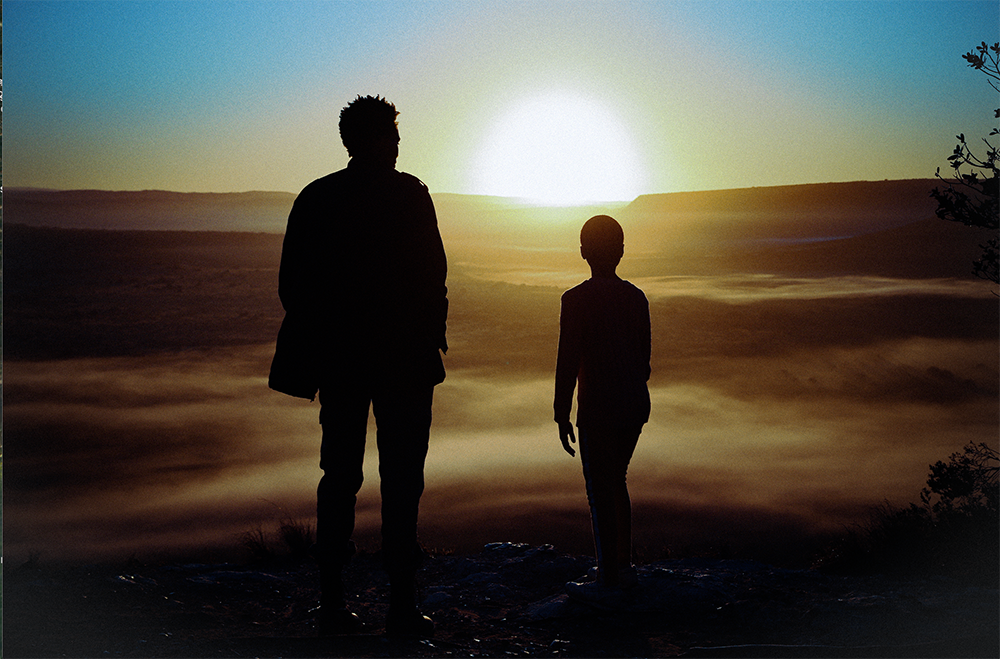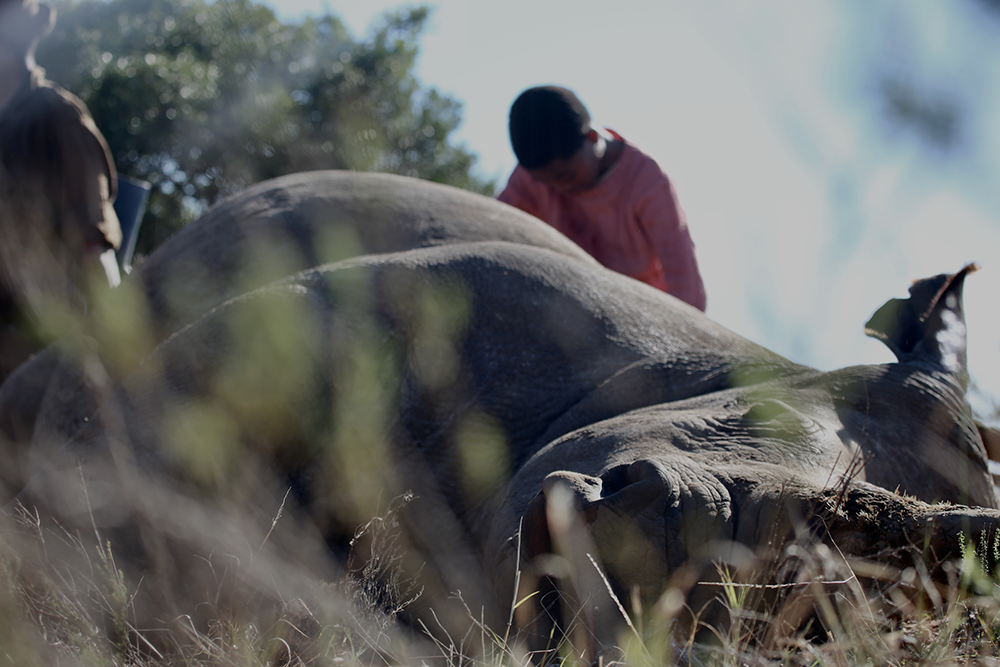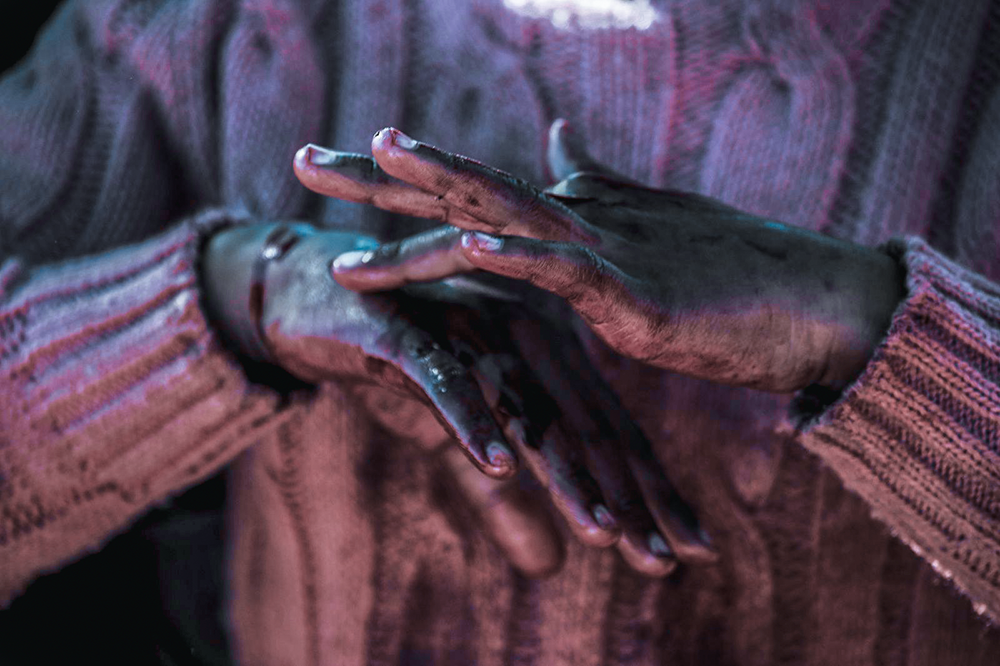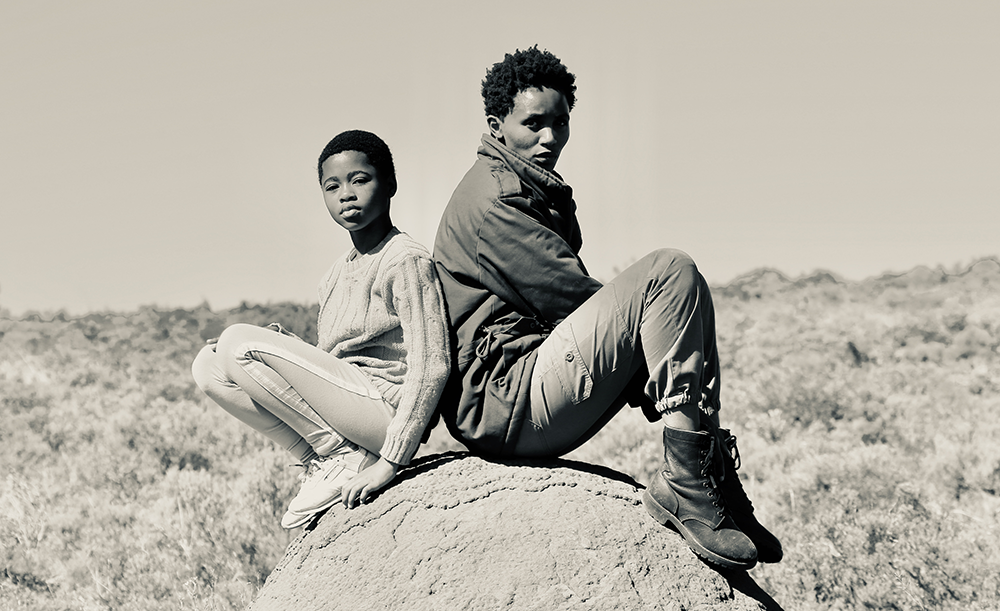



Independent short film: The Last Ranger
The Last Ranger is a cinematic meditation on mentorship, memory, and the fight to protect what remains. It explores conservation as a deeply human act. What begins as a quiet coming-of-age tale unfolds into a powerful reflection on legacy, responsibility, and the emotional bonds between people and the wild.
Director Cindy Lee shares more about her Oscar-nominated film and the real-life inspiration behind its story:
The Last Ranger begins as a quiet story of mentorship and ends as a powerful call for conservation. What drew you to this film?
The Last Ranger gave me the chance to tell a deeply human story about mentorship, growing up, and taking responsibility for the land we live on, while also making a powerful statement about conservation. I’ve always been an advocate for animal rights. Years before The Last Ranger, I wrote a short screenplay called Horn, which explored the horrors of rhino poaching. So when my brother, David, came to me with the script for The Last Ranger, it felt like a story I had been circling for years had finally found me.
The film is fiction, but it’s rooted in the real story of Thandi the rhino. How do you strike the balance between cinematic storytelling and documentary responsibility?
For me, the balance comes from intention and respect. We based The Last Ranger loosely on the true story of Thandi, a rhino who was poached in 2012 alongside two others. She was the only one who survived. Her story was our emotional anchor – a real-life survivor who became a symbol of resilience. We worked closely with Dr William Fowlds, the vet who saved Thandi’s life and the person who originally inspired my brother to write this film.
So, although it’s a fictional narrative, we were careful to honour the truth. We’re very clear that it’s inspired by a true story, not a documentary, and that gives us some creative freedom.
Ultimately, our goal was to raise awareness about rhino poaching and its devastating impact on wildlife, tourism and South Africa as a whole. Thandi’s story gave us a beacon to build from, and we stayed true to her. Even the statistics at the end of the film are 100% accurate. We took a real, heartbreaking foundation and shaped it into something emotional, fictional and beautiful – but always with truth at its core. That’s how we struck the balance.
The Last Ranger was nominated for an Oscar this year. In your view, what about this particular story broke through internationally?
I don’t think international audiences had ever seen anything quite like The Last Ranger before. The landscape, the language, the performances, the subject matter – it’s all unique and it could only have come from South Africa. We also tapped into something deeply real and emotional. Many viewers were genuinely shocked when the statistics appeared at the end. They had no idea how dire the situation was.
So, while the film is fictional, it delivers a very real and urgent message. At the same time, it ends on a note of hope, which helped it resonate even more. There is something powerful about a story that takes you somewhere heavy, then gently reminds you that change is still possible. Thandi survives. She has six babies. A new ranger is born. A young girl discovers her purpose. The baton is passed to the next generation. That sense of legacy and forward momentum, I believe, was something audiences were craving.
There has also been so much global devastation in recent years, and while The Last Ranger carried emotional weight, it also offered hope. It said, “Yes, the world is hurting, but there is still care, there is still resistance, there is still a future.” This story arrived at the right time, with the right message, when people needed it most.
What legacy do you hope this film leaves behind?
It is incredibly close to all of our hearts. We didn’t make The Last Ranger to win an Oscar – we made it to make a difference. That was always the intention for all of us. Now that the film is out in the world, we are working to ensure it reaches the people who need it most. We are showing it in schools and trying to get it into the curriculum. We want young people to see it, communities to see it, and the people working on game reserves to see it, because they are the ones who can shape what happens next. It is already being used to educate, to mobilise, and to start conversations. That is exactly what we hoped it would do.
Yes, The Last Ranger deals with something urgent and heartbreaking. But it was always important to us that it left the audience with a sense of possibility. Litha, our young lead, doesn’t just witness the consequences – she finds purpose. She steps into something bigger than herself. And I hope that makes young viewers feel like they can too, that they have a role to play. If this film can help even one young person feel more connected to the natural world, more empowered to protect it, then it has done its job.
What do you make of the film’s impact on audiences?
We’ve seen the power of narrative storytelling with The Last Ranger. People who would never have watched a wildlife documentary, suddenly found themselves affected and talking about rhino conservation. And that’s because it isn’t just a story about animals – it’s also about people. That, for me, is where change starts: through connection. Telling a story that connects people emotionally while shining a light on something urgent is the kind of work I’ve always dreamed of making.
